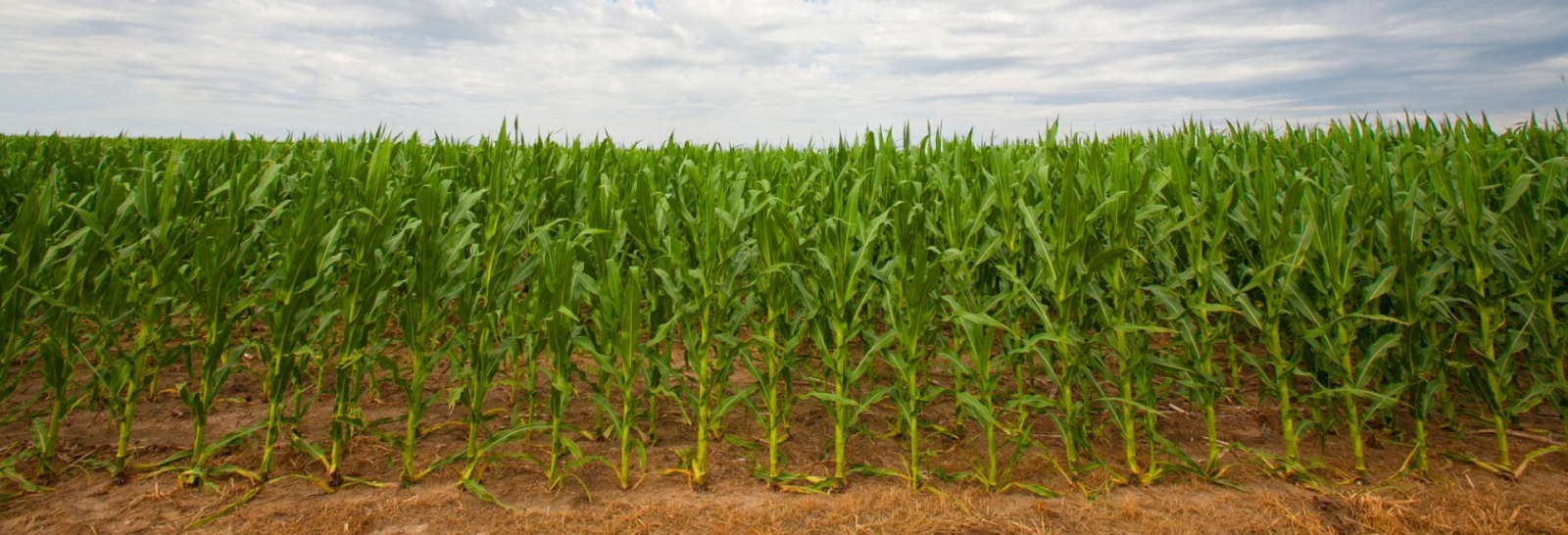Key Takeaways
Despite experiencing a dry winter and spring in 2024, no early irrigation was needed.
6-7 inches of irrigation was adequate for growing high-yielding corn in a silt loam soil near Clay Center in 2024.
Suggestions for 2025
Don’t rush irrigation early in the season. Young corn plants need little water and roots are growing deeper daily to access new moisture. Spring rainfall may reduce early season water needs significantly. See more in Early Season Irrigation During Drought.
Install and maintain reliable soil moisture sensors or consult validated commercial scheduling tools. For help, see the article, Using Soil Water Tension Sensors to Schedule Irrigation.
Track and record irrigation and rainfall to monitor allocation balances.
Coordinate with UNL Extension, crop consultants and NRD staff to explore irrigation best practices.
New Groundwater Rules Now in Effect
The Little Blue Natural Resources District (LBNRD) in south-central Nebraska has triggered its first-ever groundwater allocation program after two consecutive years of low spring groundwater levels. Effective for the 2025 crop year, each certified irrigated acre in Hydrogeologic Unit 1 receives a total of 65 acre-inches over a five-year period (an average of 13 inches per year), with up to 8 inches of unused water allowed to carry over.
In parallel, a district-wide stay on new high-capacity irrigation wells and irrigated acre expansions is now in effect. These steps reflect the seriousness of ongoing aquifer declines and aim to protect long-term groundwater availability in the region.
2024 Field Study: Comparing Irrigation Strategies
In anticipation of the allocation program, a study was conducted in 2024 at UNL’s South-Central Agricultural Laboratory (SCAL) near Clay Center to evaluate two irrigation scheduling strategies:
- Watermark sensor-based scheduling: Triggered irrigation based on average soil tension readings at 1, 2, and 3 feet.
- Commercial scheduling tool: A tool combining satellite imagery and optional soil sensor inputs to determine timing and quantity.
Five irrigation treatments, each replicated four times, were designed based on the two scheduling approaches.
Commercial Approach (Com)
- Com-1: The standard recommendation of the commercial tool for 100% (full) irrigation.
- Com-2: The standard recommendation of the commercial tool for 70% irrigation (deficit, 30% less than the full irrigation).
- Com-3: A new recommendation of the commercial tool based on satellite imagery only and no ground sensors.
Watermark Approach (WM)
- WM-1: Irrigate when the average reading from the three sensors (1, 2, and 3 feet) reached 60 centibar, representing full irrigation.
- WM-2: Irrigate when the average reading from the three sensors (1, 2, and 3 feet) reached 80 centibar, representing deficit irrigation. A larger Watermark trigger point (80 centibar) means allowing the soil moisture to be depleted more before irrigating.
Corn (Dekalb DKC61-40RIB) was planted on May 12, 2024, at the seeding rate of 32,100 seeds per acre. Fertilizer applied was 220 lb-N/acre (UAN 32-0-0), and harvest occurred on Oct. 21. All yields were normalized to 15.5% grain moisture.
2024 Field Study: The Results
2024 started relatively dry, with only 5 inches of precipitation during the first five months of the year. June and July were wet, with about 14 inches of rainfall in these two months. The remaining five months of 2024 were dry again, with only 6 inches of precipitation recorded during this period.
With this precipitation pattern, there was not much need for irrigation at the beginning of the growing season. The commercial scheduling tool called for less than 2 inches of irrigation by the end of July. The WM-1 treatment did not call for any irrigation until Aug. 1. The WM-2 treatment called for the first irrigation on Aug. 5. The irrigation amounts of experimental treatments started diverging more in mid-August and into September.
The seasonal irrigation amounts applied to each treatment and the measured yields are shown in Table 1. The irrigation amounts ranged from 4.4 inches for WM-2 (80 centibar trigger point) to 8.8 inches for WM-1 (60 centibar trigger point). The measured yield was statistically similar among all treatments, except for the WM-2 treatment that received the smallest amount of irrigation. However, WM-2 still produced only 6% less yield while using 50% less water than WM-1, suggesting strong potential for deficit irrigation when timed properly.
| Treatment | Total irrigation (in) | Yield (bu/ac) |
|---|---|---|
| Com-1 | 8.2 | 251.6 |
| Com-2 | 5.7 | 251.5 |
| Com-3 | 7.6 | 251.2 |
| WM-1 | 8.8 | 254.4 |
| WM-2 | 4.4 | 239.5 |
The yields obtained in this study were similar to the yields reported by local producers. According to Bayer Crop Science, the reported irrigated yields of their DEKALB® products (same as this study) in the region within the 25-mile radius of SCAL ranged from 236.5 to 287.0 bu/ac in 2024.
The results of this study suggest that despite experiencing a dry winter and spring, not irrigating soon after planting was a good decision, since June and July rainfall supplied more than the irrigation demand in these two months. Additionally, the results show that only 6-7 inches of irrigation was adequate for growing corn in a silt loam soil near Clay Center in 2024. The average yield of dryland corn at SCAL for the same hybrid and same row spacing was 180 bu/ac in 2024, indicating a 60 to 74 bu/ac increase in yield due to irrigation.

